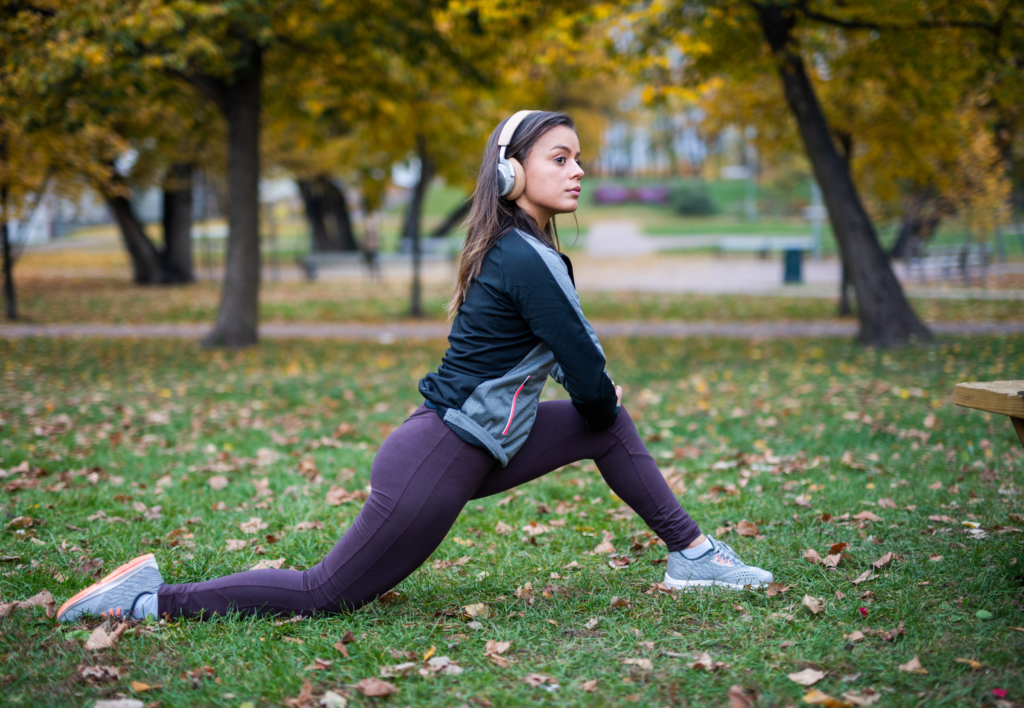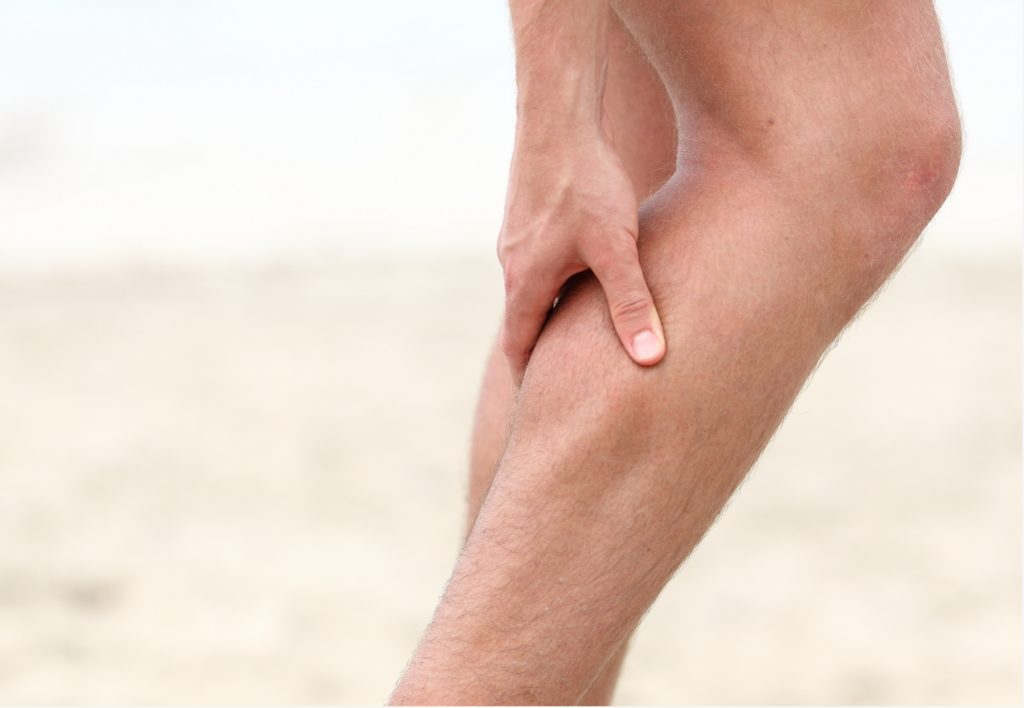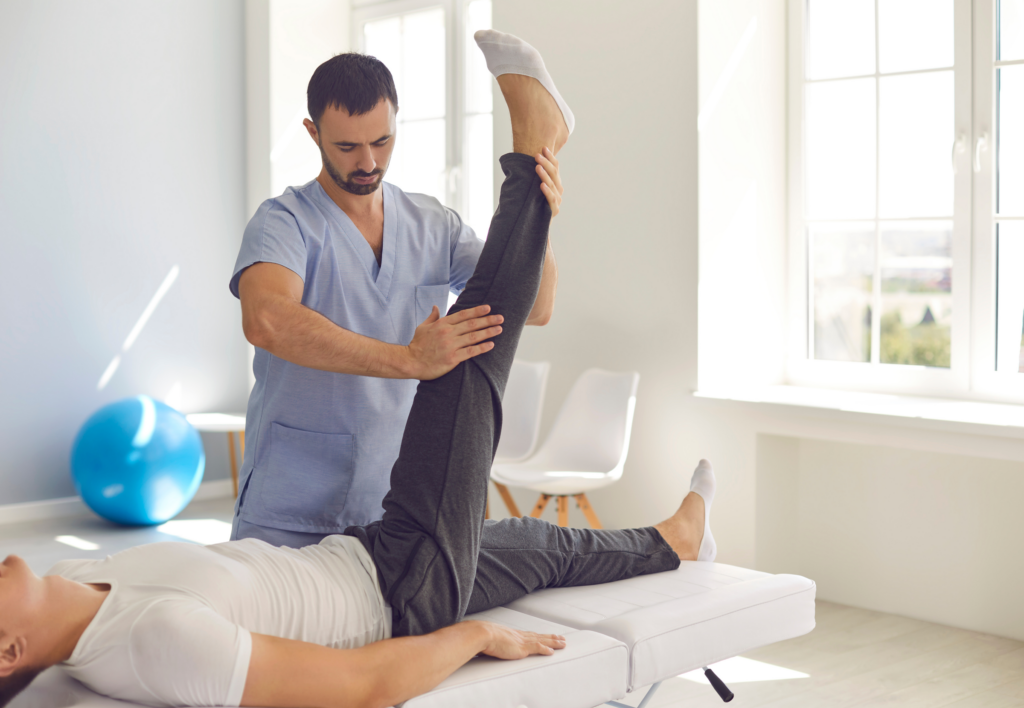How to Reduce Stiffness After Running: Effective Recovery Techniques
Stiffness after a run is a common experience for many runners, marking the body’s natural response to the exertion of muscles and joints. As a UESCA certified running coach with firsthand experience, I understand how crucial it is to address post-run stiffness to aid in recovery and ensure readiness for the next training session. Effective recovery practices can reduce muscle soreness and promote flexibility, making it an essential part of any runner’s regime.
To mitigate stiffness, it’s important to focus on replenishing energy through nutrition, engaging in active recovery, and properly hydrating. Rebuilding glycogen stores quickly after a run by consuming carbohydrates and protein can minimize muscle stiffness. Additionally, maintaining consistent hydration helps to counteract the effects of dehydration, which can exacerbate muscle soreness and tightness.
Incorporating gentle movement, like walking, post-run is also beneficial in increasing blood flow to stiff muscles and joints, aiding in the removal of waste products and reducing inflammation. Addressing stiffness is not just about immediate relief; it’s about setting the stage for sustained running performance and injury prevention over time.
Effective Post-Run Recovery Techniques for Stiffness
To alleviate stiffness and expedite recovery after a run, effective post-run practices are crucial. My coaching experience emphasizes the importance of a structured cool down, incorporating active recovery methods, and valuing rest and sleep for optimal recovery.
Cool Down and Stretching
After a run, I advise a gradual cool down to transition the body back to a resting state. A 5-10 minute gentle jog or walk aids in reducing heart rate and beginning the recovery process. Post-run, I focus on stretching for at least 10 minutes, emphasizing major muscle groups used during running. This promotes flexibility and range of motion, potentially easing muscle stiffness.
Key stretches include:
- Hamstring stretch
- Quadriceps stretch
- Calf stretch
- Glute stretch
Each stretch should be held for:
- At least 30 seconds to allow the muscle to relax and lengthen.

Active Recovery Methods
Active recovery refers to engaging in low-impact activities that stimulate blood flow without overexerting tired muscles. On the days following a tough run, I recommend a gentle run, swimming, or a yoga session. These activities can aid in maintaining range of motion and reducing recovery time.
Active Recovery Options:
- Swim: Low-impact exercise that can help in muscle recovery.
- Gentle Run: A relaxed, short run that can help keep the muscles active without additional strain.
- Yoga: Enhances flexibility and can be a meditative form of recovery.
Rest and Sleep
I can’t emphasize enough the significance of rest and adequate sleep in a runner’s recovery process. Rest days are essential as they allow for physical and mental recovery. Aim for 7-9 hours of quality sleep per night to support muscle repair and overall recovery.
Rest and Sleep Checklist:
- Rest: Schedule at least one full rest day per week.
- Sleep: Ensure a quiet, dark, and cool environment for optimal sleep conditions.
Targeted Recovery for Specific Muscle Groups
After a run, addressing each muscle group specifically can expedite recovery and reduce stiffness. I recommend targeted stretches and exercises that focus on flexibility and mobility, ensuring that the body receives the attention it needs to recover effectively.
Hamstring Flexibility
For runners, hamstrings often bear the brunt of post-run stiffness. I advise incorporating static stretches such as a seated forward bend to target this area. Tip: Aim to hold each stretch for at least 30 seconds, ensuring a deep, sustained lengthening of the muscle fibers.
- Seated Forward Bend:
- Sit on the ground with legs extended.
- Hinge at the hips and reach for your toes.
- Hold the stretch without bouncing.

Calf and Achilles Relief
Calves and the Achilles tendon are critical for push-off during running and are prone to tightness. For relief, the following static stretch is my go-to:
- Calf Stretch Against a Wall:
- Place your hands on a wall.
- Step one foot back, keeping it straight with the heel on the ground.
- Lean forward, feeling the stretch in the calf of the extended leg.
- Hold, then switch legs.
Hip Mobility
Hips are a pivotal point for runners, and maintaining flexibility can prevent issues such as iliotibial band syndrome (ITBS). I highly recommend the half pigeon pose for targeting the hips:
- Half Pigeon Pose:
- Start in a seated position and then bring one leg forward, bending at the knee.
- Extend the other leg behind you, keeping it straight.
- Square your hips to the front and lean forward over the bent leg.
- Hold the pose to release hip tension.
Incorporating these stretches into your recovery routine can significantly alleviate stiffness in the hamstrings, calves, and hips. Remember to be gentle and consistent to reap the best results.
Proactive Measures To Reduce Stiffness Before Running
To reduce stiffness after running, it’s essential to prepare your body with a proper warm-up and ensure you’re well-hydrated and nourished.
Importance of Warm Up
I always advise runners to start with a dynamic warm-up because it gradually increases heart rate and blood flow, making muscles more pliable. To prevent muscle weakness and prepare your body for the run, focus on exercises that mimic running movements.
- Leg swings: 10-15 per leg
- Lunges: 10 per leg
- High knees: 30 seconds

Hydration and Nutrition
Hydration impacts muscle function. Aim to drink at least 16 oz of water two hours before your run to maintain proper hydration. Nutrition-wise, consuming carbs can help top off glycogen stores which are needed for energy.
A small snack, like a nutrition bar, 30-60 minutes before you head out can provide that quick source of carbs without feeling heavy.
Why Do You Get Stiffness After Running?
After a good run, it’s common to experience some muscle stiffness. This is a natural part of the recovery process, but understanding why it happens and when it might indicate an injury can help you run smarter.
Causes of Muscle Stiffness
Muscle stiffness after a run can result from a few factors. An intense or unfamiliar workout can cause microscopic damage to muscle fibers, leading to inflammation as part of the healing process.
Also, during exercise, muscles produce lactic acid, which can contribute to the sensation of stiffness if not adequately flushed out through cool-down activities.

Common Causes:
- Micro tears in muscle fibers
- Inflammation due to healing
- Accumulation of lactic acid
Delayed Onset Muscle Soreness (DOMS)
Delayed Onset Muscle Soreness (DOMS) typically appears 24 to 48 hours after a particularly challenging run. DOMS is a sign that your muscles are adapting to the stress of running, which is often felt as a mild to moderate dull ache.
| DOMS Symptoms | Description |
|---|---|
| Muscle Soreness | Tender when touched, aches when moved |
| Stiffness | Reduced joint range of motion |
| Muscle Fatigue | General weakness in affected muscles |
Recognizing Normal Stiffness vs. Injury
It’s crucial to distinguish between typical stiffness and a potential running injury.
Normal stiffness will subside, but sharp, persistent pain could indicate a specific injury such as Achilles tendinopathy or plantar fasciitis. Proper injury prevention measures like stretching and progressive training intensities are key to avoiding more severe injuries.
Stiffness vs. Injury Indicators:
- Normal stiffness is usually generalized, whereas injury is often localized to a specific area.
- Stiffness improves with light activity; injuries often do not.
By understanding the underlying causes of stiffness after running—including DOMS, and inflammation, you can take proactive steps to minimize discomfort and prevent injury. Remember the importance of distinguishing normal post-run soreness from pain that could indicate an injury.
Pain Management and Inflammation Reduction
Managing pain and reducing inflammation are crucial steps to recover properly from a run. As a UESCA certified running coach, I advise runners to use ice therapy and heat application, along with massage and physiotherapy techniques to alleviate stiffness and discomfort.
Ice Therapy and Heat Application
Ice therapy can be highly effective for immediate pain relief and reducing inflammation. Cold compresses or an ice pack applied to the affected area for 15-20 minutes can help numb the discomfort. This is particularly useful within the first 48 hours post-run to manage acute inflammation.
Table: Ice Therapy Application Timing
| Injury Type | Time Since Injury | Recommended Action |
|---|---|---|
| Acute Inflammation | 0-48 hours | Ice pack application |
| Chronic Soreness | 48+ hours | Alternate between heat and cold |
For ongoing soreness or chronic inflammation, heat application can encourage blood flow and relax muscles. A warm bath or heat pack can soothe deeply ingrained stiffness and facilitate the healing process.
Massage and Physiotherapy
Sports massage and physiotherapy are influential in managing pain and promoting recovery. A massage targeting muscle groups used during running can disperse lactic acid build-up, which often contributes to muscle soreness.
Additionally, physio (physiotherapy) exercises tailored to your running regimen can strengthen the muscles, tendons, and ligaments, thereby improving your resiliency to related pains.
List: Benefits of Massage and Physiotherapy
- Disperses lactic acid
- Reduces muscle tension
- Increases circulation
- Enhances joint mobility
- Aids in recovery and performance
A balance of ice therapy and heat application, paired with regular massage and physiotherapy, lays a foundation for effective pain management and inflammation reduction post-run.

Supplemental Recovery Tools for Muscle Stiffness
Post-run stiffness can often be alleviated with targeted recovery tools that focus on releasing muscle tension and enhancing blood flow. My experience with these methods has shown that they are crucial for maintaining flexibility and expediting the recovery process.
Foam Rolling Techniques
Foam rolling, a form of self-myofascial release (SMR), is highly beneficial after a run. Using a foam roller, you can effectively reduce muscle soreness and improve range of motion. When foam rolling, follow these simple steps:
- Identify the Sore Area: Begin with gentle rolls over your muscle groups, paying special attention to any sore spots.
- Apply Pressure: Once you find a tight spot, maintain pressure on it for 20 to 30 seconds.
- Slow and Steady: Roll over each muscle group slowly; about an inch per second.
| Muscle Group | Time Spent Rolling |
|---|---|
| Calves | 30 seconds per calf |
| Hamstrings | 1 minute total |
| Quads | 1 minute total |
| Glutes | 30 seconds per side |
Using Lacrosse Balls for Trigger Points
For deeper, more pinpointed relief, lacrosse balls can access those hard-to-reach trigger points. The smaller surface area allows for targeting specific knots and tension areas.
- Locate Trigger Point: Feel around for tender areas or knots in your muscles.
- Apply Direct Pressure: Gently place the ball under the affected area and gradually apply your body weight.
- Maintain and Roll: Hold on the point for relief and roll the ball slightly to massage the area, if needed.
Using a lacrosse ball complements the broad strokes of foam rolling by delivering focused pressure to break up adhesions and improve tissue elasticity. Both foam rollers and lacrosse balls should be staples in a runner’s recovery toolkit.
Prevention Strategies for Future Runs
Successful prevention of stiffness after running hinges on several key practices: employing proper running form, consistent training and conditioning, and a balanced diet supplemented to meet a runner’s nutritional demands.
Incorporating Proper Running Form
I’m a staunch advocate of proper form to prevent running injuries such as shin splints, which can contribute to muscle soreness. Key to this is maintaining balance; ensure that every stride is controlled and your body is aligned.
It’s vital to avoid over striding and to keep your knees and torso stable to minimize impact stress. A brief focus on form during each run can reinforce good habits.
Training and Conditioning
Training intelligently is crucial to avoiding tight muscles and injuries. Gradual increase in distance and intensity can help prevent a multitude of problems:
- For a marathon or half marathon: Follow a progressive training program that fits your experience level.
- Conditioning exercises: Incorporate both dynamic stretches before a run and static stretches post-run to improve flexibility and reduce muscle stiffness.
Balanced Diet and Supplement Intake
Optimizing nutrition is non-negotiable for muscle recovery. Here’s what I focus on:
| Nutrient | Benefit | Source |
|---|---|---|
| Protein | Muscle repair and recovery | Lean meats, legumes, dairy |
| Carbohydrates | Energy replenishment | Whole grains, fruits |
| Calcium | Bone strength | Dairy products, leafy greens |
| Iron | Oxygen delivery to muscles | Red meat, spinach |
After a run, I typically reach for a glass of chocolate milk for a quick supply of protein and carbohydrates, aiding in the reduction of muscle soreness and replenishing energy stores. Integrating a balanced diet containing these nutrients is vital to maintain muscle health and prevent stiffness.






![Are Stationary Bikes Good for Runners? [Plus 3 Great Recommendations]](https://yournext.run/wp-content/uploads/2022/12/are-stationary-bikes-good-for-runners_featured-768x512.png)